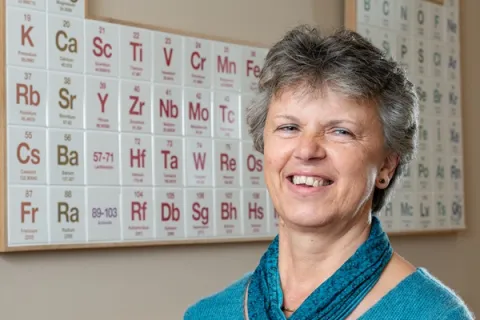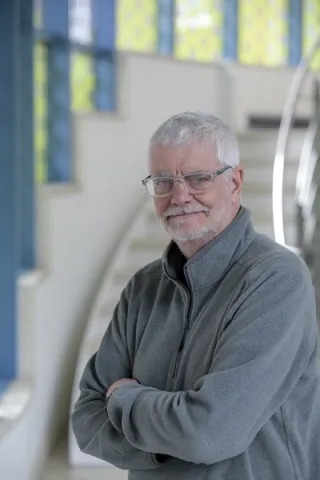Project overview
Transition metal dichalcogenides (TMDCs) are inorganic materials of formula ME2 (M = metal; E = chalcogen = sulfur, selenium or tellurium). They form 2-dimensional layered hexagonal structures related to that of cadmium diiodide, in which the metal-chalcogen bonding within the layers is very strong, whilst that between the layers is much weaker (van der Waals interactions) - i.e. inorganic analogues of graphite. They form a class of extremely important functional semiconductors, and by changing the metal or chalcogen type, the semiconductor band gap can be tuned, making them useful for a wide range of applications. As a result of both their structures and their semiconducting properties, these materials are widely considered to have the potential to revolutionalise next generation electronics, e.g. allowing the mass manufacture of 2D nanotransistors, leading to more powerful and faster devices.
Staff
Lead researchers
Other researchers
Research outputs
Jiapei Zhang, Shibin Thomas, Ahmed Nizamuddin Muhammad Mustafa, Victoria Greenacre, Nikolay Zhelev, Syeda Ramsha Ali, Yisong Han, Shaokai Song, Hongwei Zhang, Aiden Graham, Nema M. Abdelazim, Sami Ramadan, Richard Beanland, Gill Reid, Philip N. Bartlett, Kees De Groot & Yasir J. Noori,
2025, ACS Applied Nano Materials, 8(21), 10842-10850
Type: article
Philip N. Bartlett, Victoria K. Greenacre, Cornelis H. de Groot, Yasir J. Noori, Gillian Reid & Shibin Thomas,
2025, Current Opinion in Electrochemistry, 50
Type: review
Philip N. Bartlett, C.H.Kees de Groot, Victoria K. Greenacre, Ruomeng Huang, Yasir J. Noori, Gillian Reid & Shibin Thomas,
2025, Nature Reviews Chemistry, 9(2), 88-101
Type: review
Vikesh Sethi, Danielle Runacres, Victoria Greenacre, Li Shao, Andrew L. Hector, William Levason, Kees De Groot, Gillian Reid & Ruomeng Huang,
2023, Journal of Materials Chemistry A, 9635 - 9645
DOI: 10.1039/D3TA00466J
Type: article
Rhys P. King, William Levason & Gillian Reid,
2023, Journal of Molecular Structure, 1278
Type: article
Victoria Greenacre, Andrew L. Hector, Ruomeng Huang, William Levason, Vikesh Sethi & Gillian Reid,
2022, Dalton Transactions, 51(6), 2400-2412
DOI: 10.1039/d1dt03980f
Type: article
Yasir Noori, Shibin Thomas, Sami Ramadan, Victoria Greenacre, Nema Abdelazim, Yisong Han, J Zhang, Richard Beanland, Andrew L. Hector, Norbert Klein, Gillian Reid, Philip N. Bartlett & Kees De Groot,
2021, 2D Materials, 9(1)
Type: article



